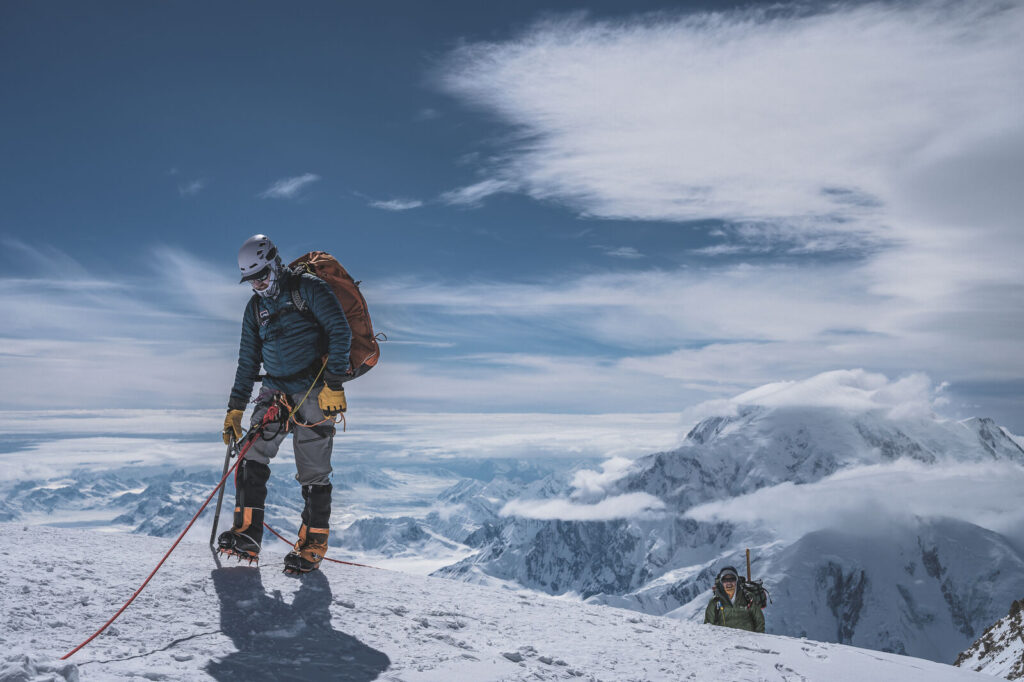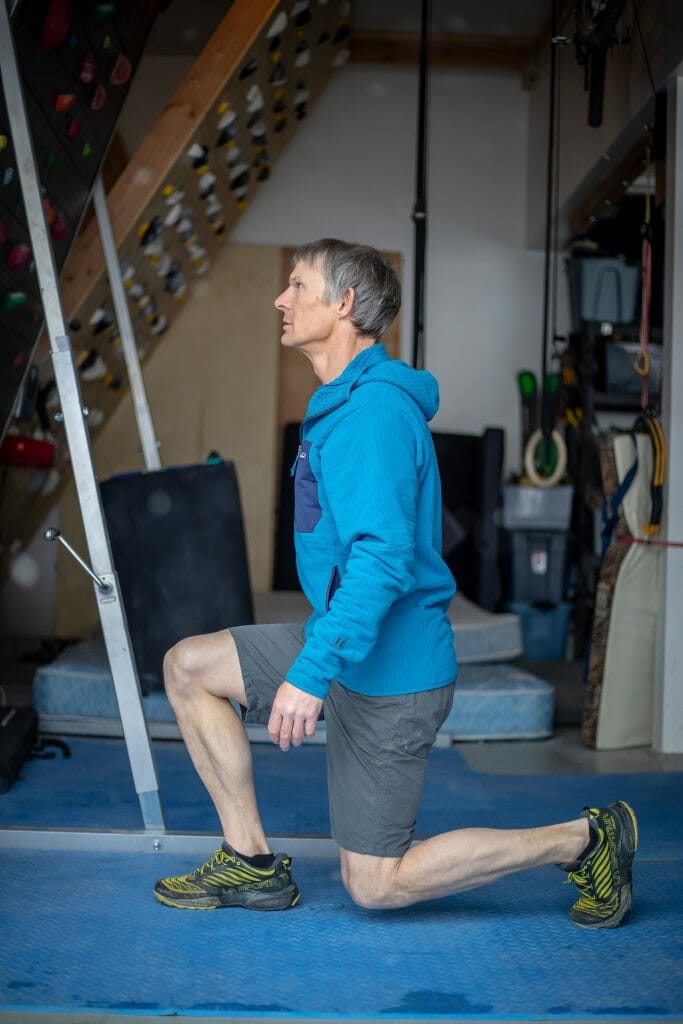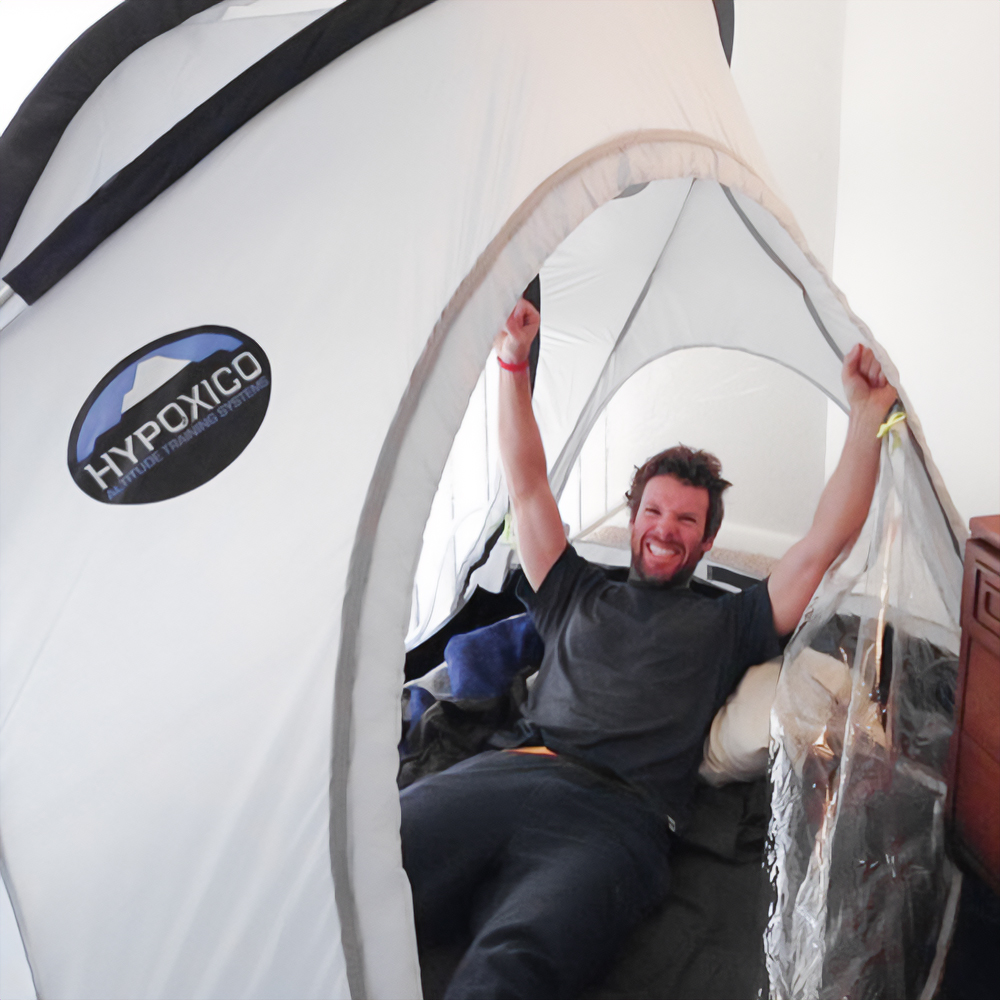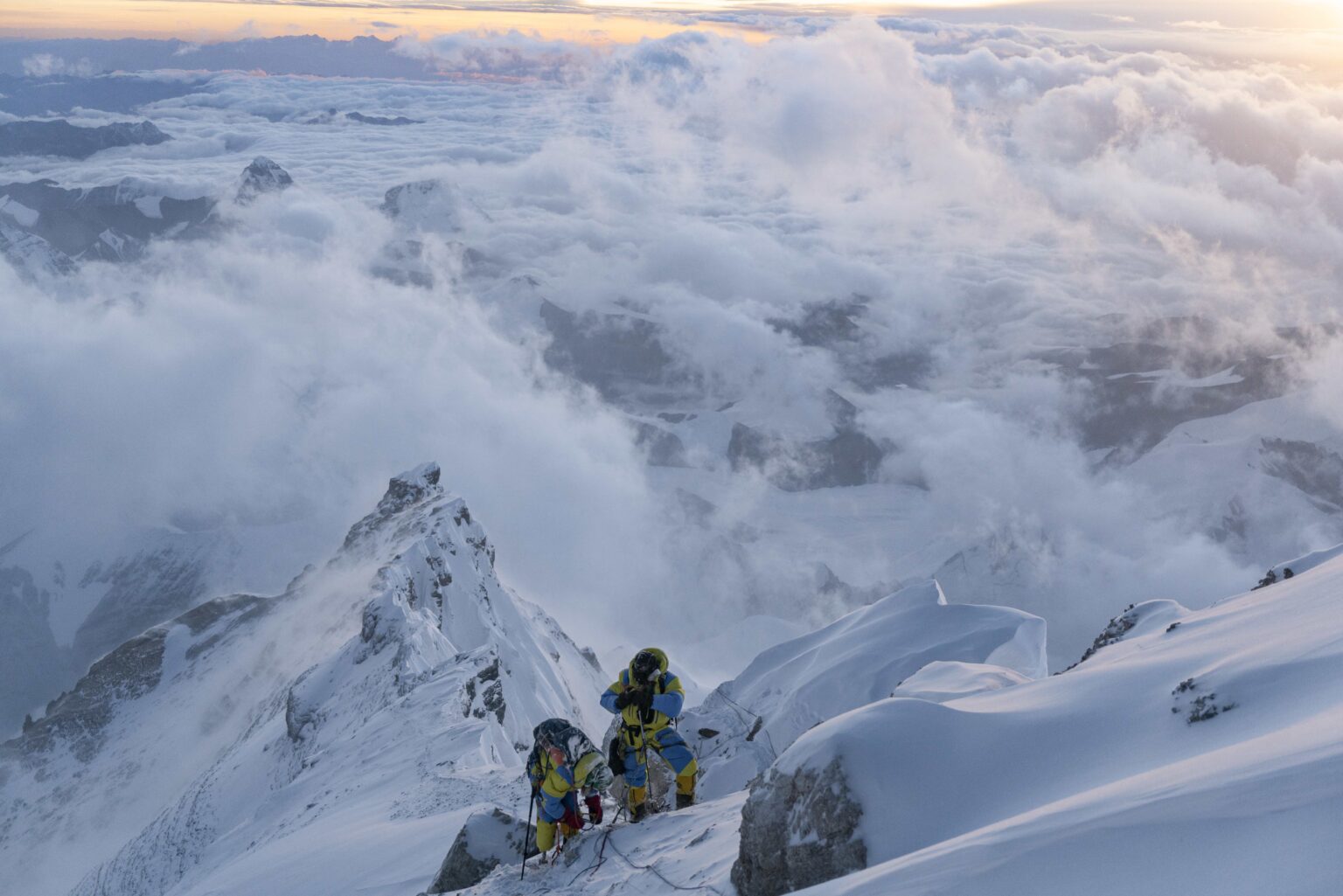The point of climbing a mountain like Everest is to become the person that can climb Everest.
Steve House
Training for a Mount Everest expedition demands a meticulous blend of physical, mental, and technical preparation. While our book, Training for the New Alpinism, delves deeply into these topics, this guide provides concise, actionable advice underpinned by essential theories to help you understand the “why” behind an effective mountaineering training plan. Let’s embark on the journey of preparing you for the highest peak on Earth.
The Everest Mountaineer as Athlete
Mount Everest challenges climbers with extreme physical and mental stress. Unlike other athletic endeavors, there’s no option to quit mid-ascent. Success and safety on Everest depend on rigorous training and preparation, not just for the ascent but equally for the descent.
When to Start Training

Endurance physiology is universal.
Fatigue makes cowards of us all.
In mountaineering, and particularly on Everest, fatigue is the biggest controllable limitation. Speed translates to safety; the faster you ascend and descend, the lower your risk from storms and extreme temperatures, and the less time you spend in the ‘death zone’ of extreme altitude. Technical competence and endurance are paramount. Develop your climbing technique through practice on increasingly challenging routes and mountains, ideally under the guidance of skilled mentors.
Read: What Enables Endurance?
Fitness Fundamentals for Everest
To prepare for Everest, focus on these key fitness components:
- Aerobic Capacity.
Essential for sustaining long hours of climbing without excessive fatigue. Avoid calling it “cardio”; it’s about building endurance. Building the capacity to go uphill for many hours, whether on trails or on a treadmill, is BY FAR the most determining aspect that will help you to prepare for Everest. - Strength Training.
In mountaineering, speed is strength. From core stability to leg power, every aspect counts. - Muscular Endurance.
The ability of your legs to perform thousands of repetitive movements is vital. - Form/Technique.
Efficient movement over rugged terrain conserves energy and reduces fatigue. This skill is honed only on similar terrain. - Acclimatization.
You will spend many hours at high/extreme altitude. Everest Base Camp stands at 5300m, which is one of the highest base camps in the greater ranges. It is relatively comfortable, but this altitude won’t allow your body to recover well between rotations. How your body deals with hypoxia will be crucial and it will determine your safety and success. - Hypoxic Conditioning.
The science and practice has consolidated in favor of the use of normobaric hypoxia via a mask and/or sleeping tent. While the adaptations are not entirely identical to ‘real’ hypobaric hypoxia, they do allow for shorter expedition durations, faster and safer logistics, and a stronger ability to resist illnesses and infections that often hinder your performance on Everest. You need to factor about 8-12 weeks of HC for Everest. And in the final 6-8 weeks you’ll be sleeping at such high altitudes that your physical training will be compromised. Which means you must start your physical training as soon as possible.
Uphill Athlete coaches have prepared far more climbers for Everest than all the other coaching services combined. Their training plans progress from simple, general training to complex, specific workouts and allow for hypoxic conditioning as your expedition date approaches.
Hypoxic Conditioning Coaching
The Cardinal Principles of Endurance Training
- Consistency.
Train regularly without long breaks. This is the most important. You must be fit enough that you can train six days a week. - Gradual Progression.
Increase training loads gradually to continue gaining fitness. You have to start training early. Specific preparation for Everest physically needs at least six months, and 12 months is better. Three years is ideal. Building fitness takes time. And we’ve heard from the long-time Everest outfitters that the fitness of climbers has declined significantly over the last decade. Don’t leave this to chance. - Modulation.
Balance hard and easy weeks to allow recovery and growth. This is best monitored by a professional coach who will use modern training tracking tools and software to monitor your workouts, and your recovery. - Individualization.
An individualized approach is necessary to assess and address your physical weaknesses and strengths; and we all have them. Metabolic fitness precedes musculoskeletal (structural) adaptations. Therefore it is crucial to continuously assess an athlete’s status and set realistic expectations about how much training you can do, and how much endurance you can build, with the time you have. And the golden question is always: Will it be enough to climb Everest?! The sooner you start to train the better!
Aerobic Conditioning
Strength Training
Developing strength is critical for carrying heavy loads for extended periods. Focus on functional, climbing-specific strength without adding unnecessary bulk. A good strength plan is very general for 8-12 weeks, then switches to low-reps and high load max strength building, and then transitions into at least eight weeks of hard, but very effective, muscular endurance training. Periodization of strength training works and you will want to have a professional guiding your training.

Workout Distribution and Timing
Backpacks
Rest Days and Easy Weeks
Muscular Endurance Training
You can think of your training as getting you in shape for Muscular Endurance training. Also sometimes called strength endurance, this type of training is the fun kind. The workouts are challenging, but doable, and you get stronger every week. But if you don’t do the build up in fitness to earn your muscular endurance workout, doing heavy steep weighted carries will instead cause injury and could derail your expedition entirely. You need to start as early as possible. The minimum time we’ve seen athletes build up to be functionally ready for this type of training is 16 weeks. You’ll want to do no less than eight weeks. These workouts focus on vertical gain (treadmill, stairs, or a real hill) carrying weight that causes local muscular fatigue in your legs without taxing your cardiovascular system.
Think you’re fit enough for Everest right now? You should be able to do the first in this workout progression with ease. If that was hard, start training.
Hypoxic conditioning
Current best practices dictate that you need to spend a minimum of 400 hours at normobaric hypoxia via a mask and/or sleeping tent, building up to sleeping elevations of 6,000 meter/18,000 feet. You need to factor in at least 12 weeks for this for Everest. And in the final eight weeks you’ll be sleeping at such high altitudes that your physical training, sleep, and recovery will be compromised—meaning you’ll be starting your taper much sooner than the usual 10-14 days prior to your departure.
Which means you must start your physical training as soon as possible.

Tapering
Mental Training
Technical Skills
Training Summary
- Aerobic Self-Assessment.
Determine your heart rate training zones. - Aerobic Training.
Engage in four to five days of mostly zone 2 training each week. - Strength Training.
Incorporate a progressive, periodized strength routine twice a week. - Re-Testing.
Reassess your training zones every eight weeks.
Conclusion
Training is the most controllable aspect of your preparation for Everest.
Embrace the struggle as part of your journey because the point of climbing a mountain like Everest is to become the person that can climb Everest.
Consistent, progressive training will be the cornerstone to building you into someone with that rare physical and mental resilience. Structured training with a good training plan crafted for Everest is-hands down-your best tool for success.
Train smart, climb well, and embrace the journey.
For personalized advice, reach out to us at coach@uphillathlete.com.

